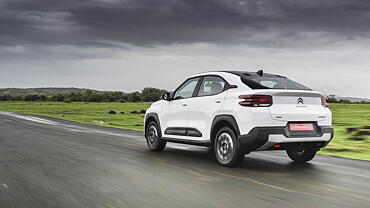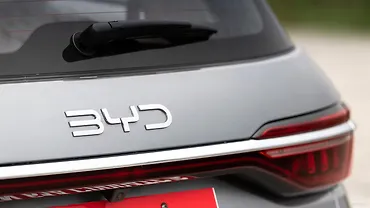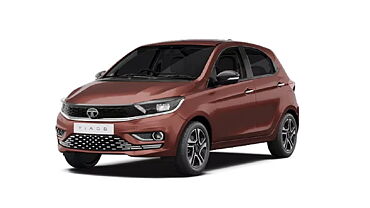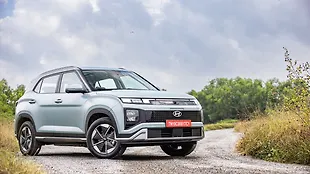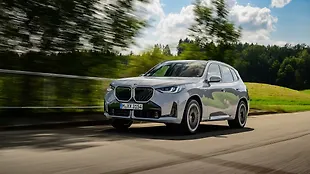
- Volkswagen collaborates with Siemens and HP for new 3D printing process in future car production
- Will help in economical and faster production of future vehicles
German auto manufacturer, Volkswagen has partnered with Siemens and HP for a new 3D printing process that will help in future car production. HP is providing the high-tech printers needed and Siemens will provide the special software for additive manufacturing. For the first time, the new process known as binder jetting, is being used to manufacture components at the company’s main plant in Wolfsburg, Germany. Unlike conventional 3D printing where a laser is used to build a component layer by layer from metallic powder, the binder jetting process uses an adhesive. The resulting metallic component is then heated and shaped.
The company claims that the binder jetting process reduces costs and increases productivity. The components weigh only half as much as those made from sheet steel. Currently, Volkswagen is the only car manufacturer to use this 3D printing technology in the production process. The company has entered into a software partnership with Siemens and has expanded its existing collaboration with printer manufacturer HP Inc. With the first full-scale use of binder jetting, they intend to acquire important experience and learn, for example, which components can be produced economically and quickly in the future or how additive manufacturing can support the digital transformation of production at Volkswagen. Volkswagen has invested an undisclosed amount (believed to be in mid-double-digit million euro range) over the past five years for automation and software solutions that will help in faster and efficient production.
By 2025, the company aims to produce up to 1,00,000 components by 3D printing in Wolfsburg each year. The first components (A-Pillar of the T-Roc convertible) made using the binder jetting process have been sent to Osnabruck for certification. These weigh almost 50 per cent less than conventional components made from sheet steel. This reduction alone makes the process especially interesting for automotive production applications. Volkswagen has already successfully conducted crash tests on 3D-printed metallic vehicle components. Until now, the production of larger volumes was not cost-effective enough. However, the new technology and the collaboration will now make production-line use economically viable.
Volkswagen has been using 3D printing for 25 years, starting in Technical Development with the goal of accelerating vehicle development and reducing costs. Today, there are 13 units at the Wolfsburg plant using various printing processes to manufacture both plastic and metal components. Typical examples are plastic components for prototypes such as centre consoles, door cladding, instrument panels and bumpers. Printed metal components include intake manifolds, radiators, brackets and support elements. Over the past 25 years, more than one million components have been produced.

